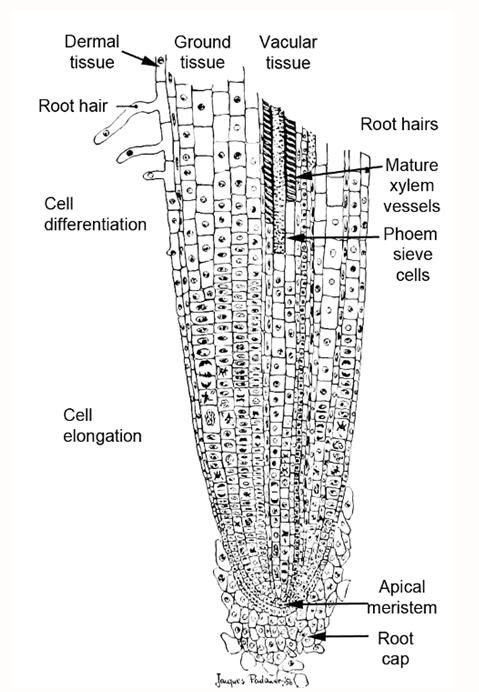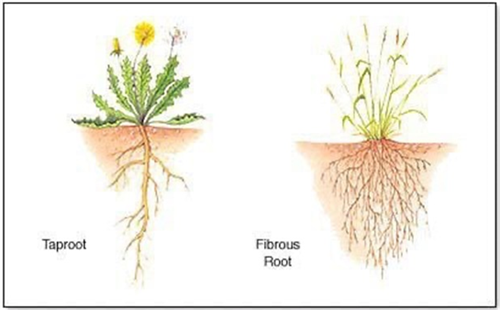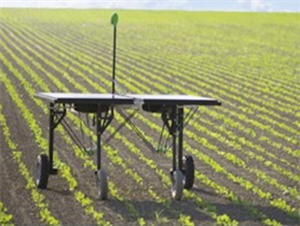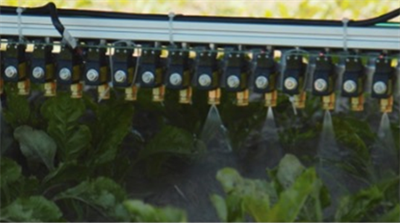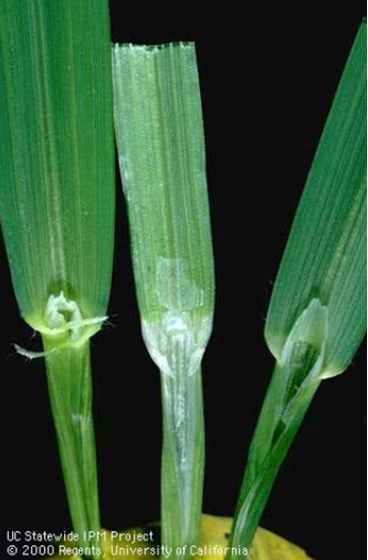Dec 9, 2015
Recap of Fall Pest Pressure on Desert Vegetable Crops 2015
Now that the temperatures have finally cooled down, it is beginning to feel like “winter” in the desert. With the cooler temperatures, we’ve seen a steady decline in insect abundance. However, if temperatures pick back up, we would anticipate an increase in insect pressure. Remember: insects are poikilothermic (cold blooded). With that, it is always interesting to look back over this past fall in anticipation of what we might experience this spring. A quick look at both recent and historic data on pest abundance recorded from YAC research plots and the (
Area wide Trapping Network) suggests that insect pressure this fall was much lower for most pests compared to last fall. First, whitefly adult numbers collected from our Areawide traps were considerably lower than last year. Furthermore, sticky trap captures of whiteflies placed adjacent to cantaloupe fields from Wellton to Texas Hill, were the lowest we’ve seen since 2008. CYSDV incidence estimated at harvest in cantaloupe fields in these areas was significantly lower than we’ve seen on fall crops in several years. Surprisingly virus incidence was also markedly lower in fields in Wellton and Roll; growing areas that have typically had high rates of virus infection. We’re not sure why our virus and whitefly pressure was so much lighter this year but may be related to the decrease in cotton acreage last summer. Similarly, Lepidopterous larvae (beet armyworm, cabbage looper and corn earworm) population abundance on untreated lettuce at the Yuma Ag Center this fall was the lowest we’ve recorded in 4 years. Populations began infesting plots in early September, and remained steady throughout early October, but began to drop significantly in late-October and through November. Our pheromone trap catches (
Area wide Trap Network) also show that moths were much less active in October and November relative to last year. The cooler temperatures, particularly nighttime temps, are likely responsible for this. Based on our AZMET weather station here at YAC, the average ambient temperatures this fall in November was, on average, 5° lower than November last year. Finally, Bagrada bug infestations sampled from untreated broccoli plots at YAC were the lowest we’ve observed since the invasive stink bug first showed up in 2010. As expected, populations appeared in mid- September, but never increased to the high numbers we have typically seen during October. Since mid-October, adults have been difficult to find in broccoli and cabbage plantings here at YAC. Western flower thrips population numbers have been relatively high in some areas, but have dropped recently with the cooler weather. We’ve picked up winged green peach aphids on sticky traps, and can find an occasional colony untreated plots. How these aphids and thrips numbers will translate into potential population pressure in the spring is unknown, but you should anticipate their abundance as usual. If we have a wet winter (El Nino), experience suggests that aphids may be quite abundant, where in contrast, thrips don’t do well in wet growing conditions. Nonetheless, graphics showing recent trends in Whitefly, CYSDV, Lep Larvae and Bagrada abundance and a weather summary can be found at
Pest Abundance on Desert Produce and Melon Crops in 2015.
To contact John Palumbo go to:
jpalumbo@ag.Arizona.edu
 To contact John Palumbo go to: jpalumbo@ag.Arizona.edu
To contact John Palumbo go to: jpalumbo@ag.Arizona.edu


